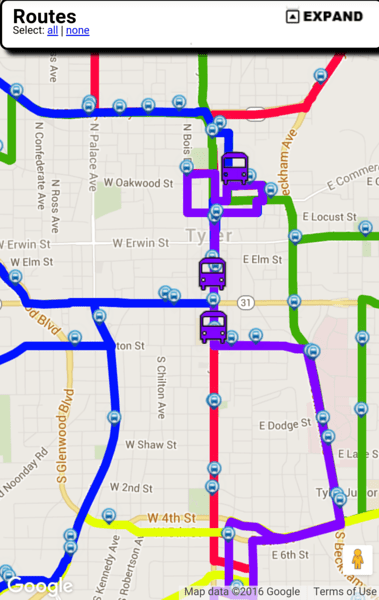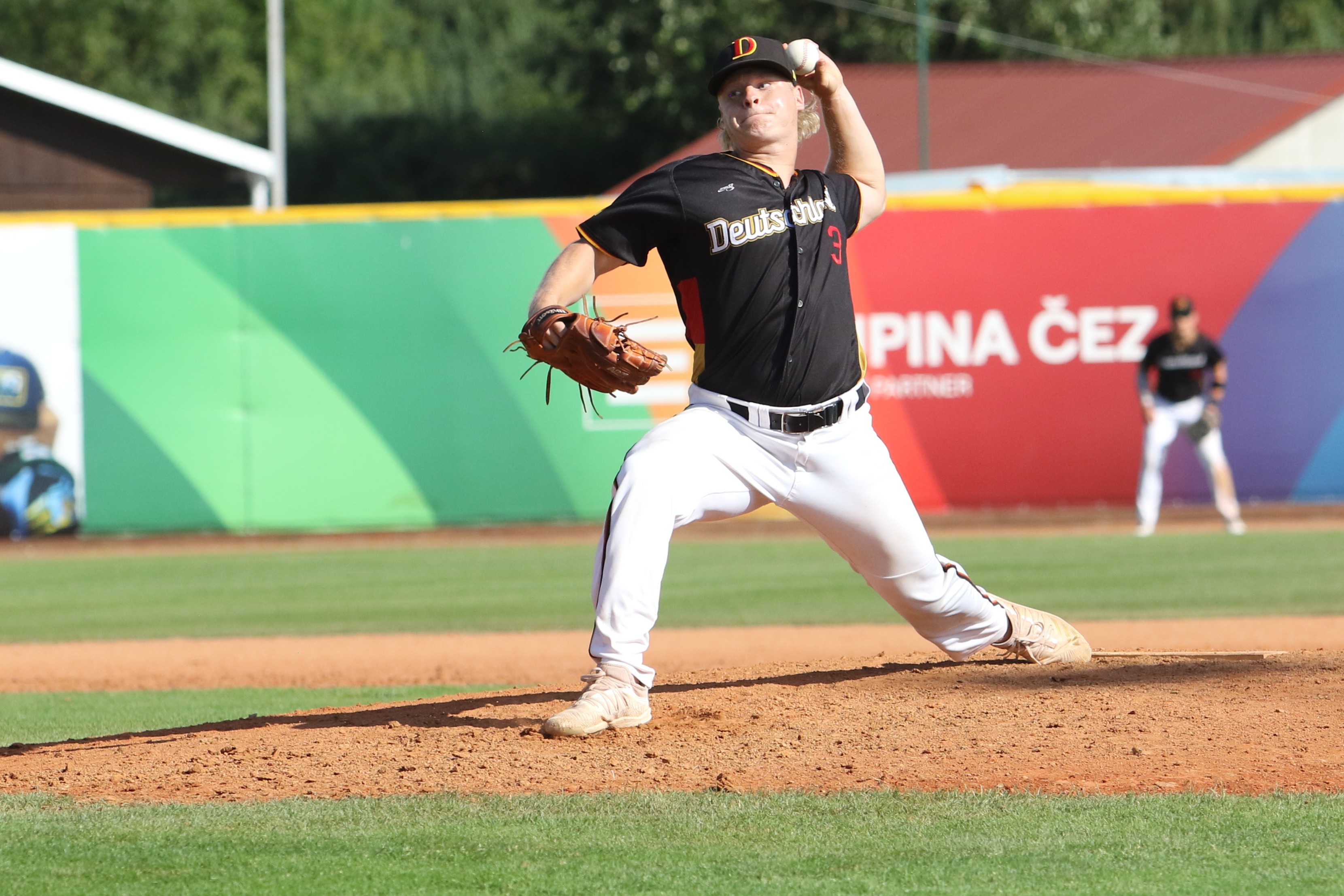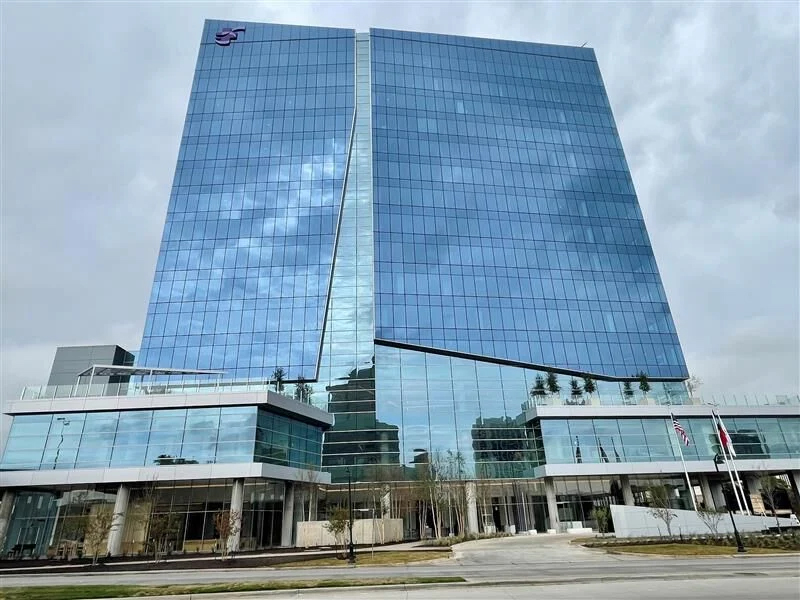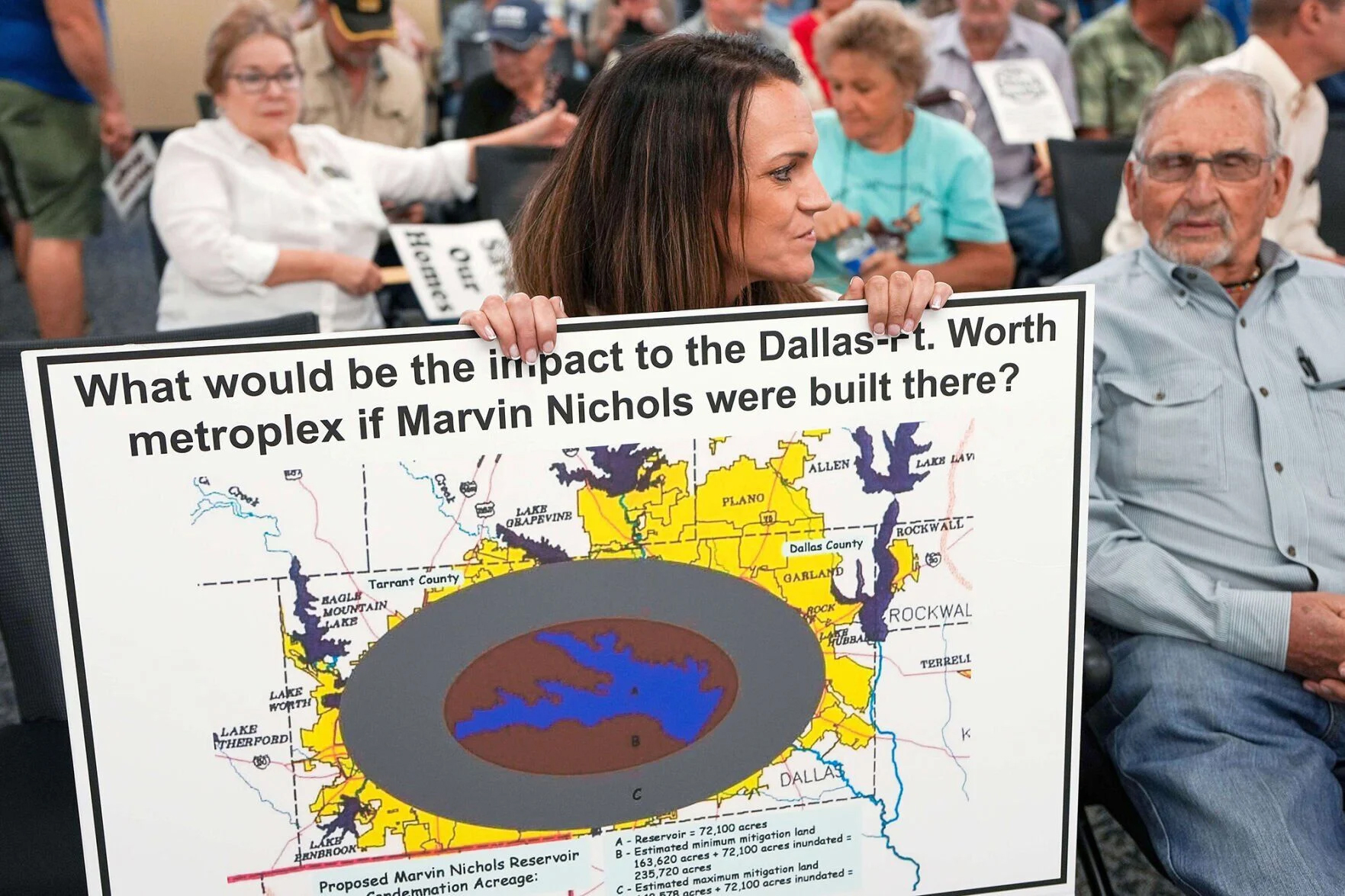New buses being considered for Tyler Transit
Published 7:15 pm Wednesday, October 3, 2018

- The 'My Tyler' app shows residents the status of the city's bus routes in real time. Faith Harper/Staff
The city of Tyler is looking at replacing buses in the public transportation system that are older than and have more mileage than a consultant recommends for public buses.
Six of the city’s buses are beyond their useful lives in terms of mileage, and five are above their useful lives in terms of age, according to Robert Gil, the general manager of RATP Dev, the city’s subcontractor that runs the bus system.
Gil gave a presentation to the Tyler City Council on Wednesday about a plan to replace the aging bus fleet over a two-year period. The majority of the money would come from the federal government.
The city’s two largest buses have 1.1 million and 825,000 miles on them. In the industry, buses are considered beyond their useful lives after 500,000 miles, according to Gil’s presentation.
Four smaller buses have recommended life mileages of 200,000 miles, according to Gil. However, those buses have between 214,000 and 300,000 miles, he said.
Both of the large buses are nine years older than their recommended useful life of 12 years, according to Gil. Three out of four of the smaller buses are two years older than their recommended useful life of seven years. The fourth smaller bus is seven years old.
The buses are used across the city’s transit system. The system has five routes that stop at major institutions in the city, and it offers disability services. The bus system gets funding from a variety of sources, including the federal government.
The City Council did not formally need to approve the plan to buy new buses. Russ Jackson, who oversees the transit system, said he and Gil were looking for general direction from the council before going forward with the procurement process.
Gil said the company would like to replace all six buses over the next two years — one large bus and two smaller buses in the current fiscal year, 2019, and then the other large bus and the remaining smaller buses in fiscal year 2020.
Mayor Martin Heines asked Gil how much new buses would cost, and how much could be funded through the federal government.
Gil said large buses, which hold more than 20 passengers, cost upward of $300,000 each, and the smaller buses cost closer to $90,000. The federal government would pay 80 percent of the costs, and the city may be responsible for the remaining 20 percent, he said.
However, Gil said his company would look into getting funding through the Texas Department of Transportation to help offset the city’s matching obligation. The revenue is available to some areas based on revenue the state collects from toll roads.
Additionally, Gil said the company is looking into offering advertising opportunities to businesses to bring in revenue, and is also considering partnerships with businesses and colleges to increase ridership. There are 200 to 300 daily riders right now, he said.
“I won’t belabor this point for too long, but I’ve always just been concerned,” Heines said. “I’m willing to go with your plan today but because I think you’ll be aggressive with trying to find good partners actually utilizing the facilities instead of just running them up and down the street.”
“Because we’re, we’re not really in the transportation business,” Heines said. “It’s really coming from the federal government, but if we’re gonna have the program, let’s really partner with people and make it a useful tool instead of having it be an obligation.”
TWITTER and INSTAGRAM: @_erinmansfield






